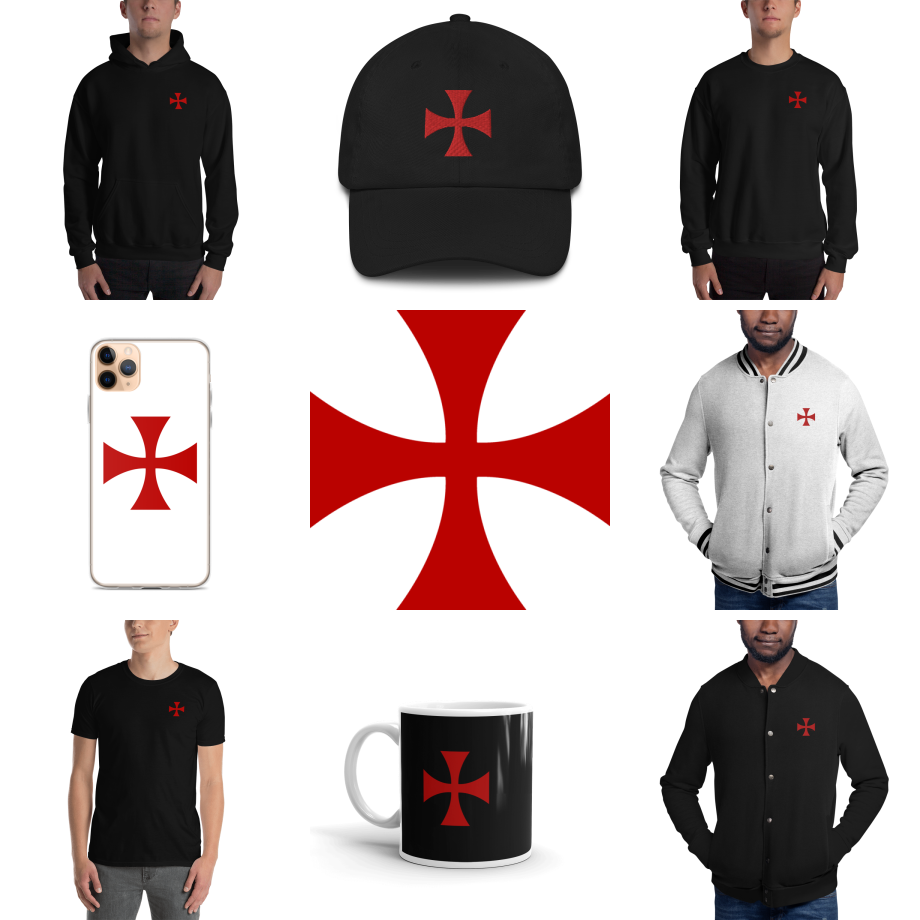Queen Elizabeth II

Queen Elizabeth II. Coronation portrait, June 1953, London, England. By Cecil Beaton – Royal Collection Trust, Public
We all know the saying that goes something like “You don’t realise what you have until you have lost it.”
This is a phrase that is particularly apposite, in recent weeks, following the loss of our beloved monarch Her Majesty Queen Elizabeth II.
For me, this tragic event cast into sharp relief her distinguishing characteristics and character, more than ever before.
During this period of reflection, one evening, I found myself looking at the portrait of Queen Elizabeth, still hanging in my mother lodge, during the practice of a First-Degree ceremony as part of our Lodge of Instruction.
What struck me were the sharp parallels which could be drawn between our late Queen’s character, and the kind of morality we try to instil in all Freemasons.
I have to say, my mind started to interpret our Masonic system as “very British.”
During her life, Queen Elizabeth was the face of Great Britain and the Commonwealth. She was the very representative of the “British brand,” for want of a better term.
She was the very example that all British people should aspire to. But what is this Britishness that I am speaking of?
And why, dear reader, are you perusing this article in a magazine about Freemasonry? Let me explain.
Although Queen Elizabeth, herself, was not a Freemason, her father, who would become King George VI certainly was.
Given the Queen’s conduct throughout her life, I wonder if these virtues were inspired by her father, in some measure.

George VI – King of the United Kingdom from 1936 to 1952, Emperor of India from 1936 to 1948 (1895-1952). Library of Congress Prints and Photographs Division Washington, D.C.
Our late Queen was what is termed as a “servant leader.” She did not so much rule the people but considered herself a servant of the people.
This, for me, is similar to what Freemasonry teaches its brethren; to be of service to the best of each person’s ability, and to be charitable.
Indeed, in many lodges, the first office the mason works is that of the steward, completely dedicated to the service and the comfort of others at the festive board.
This is a great and practical introduction to what Freemasonry is all about.
To support her in her service, Her Majesty looked to the gospels. In her own way, she followed that straight and undeviating line of conduct laid out for our pursuit in the Volume of the Sacred Law.
Just as Jesus was both leader, and servant of the people, so was our Queen.
Her very persona was clearly marked out with Temperance, Fortitude, Prudence, and Justice. This was exemplified by her calm dignity, in all situations throughout her life.
She also valued privacy, by never dealing with problems in the open, for all to see, but in private.
I feel this is so important in a world of social media, where everyone knows what everyone is doing, and privacy seems side lined. You will all understand that Freemasonry is a private society, which also deals with its own concerns privately.
Our late monarch reminds us that this is okay; this is how issues should be dealt with, and the demands of others to let them in on what is going on is unjustified.

An image personifying the four cardinal virtues – Temperance, Fortitude, Prudence, and Justice (Ballet Comique de la Reine, 1582)
Queen Elizabeth also showed us that she understood the world as one big family.
She inherited an ailing Empire, which became the Commonwealth, which she then went on to grow, as countries elected to join it and its privileges.
As head of this organisation, she saw much of the world. She witnessed our differences, as well as our similarities. She saw how we could all unite and move forward.
During her service she also dealt with a great many people, around the world, with very differing points of view. Some of these people were tyrants, some of them near saints.
However, she took the Christian view that even the lone sheep who has moved away from the flock is valued. She treated everyone equally, with dignity and respect.
If she held any negative thoughts about anyone, she kept these private.
Throughout her life, she walked with level steps and upright conduct.
Anyone who saw the Queen, especially abroad, saw a representative of Great Britain. How she acted was synonymous with how Britain and its people acted or should act.
Under her reign, Britishness became something more than simply being a member of a country. The word became loaded with everything The Queen herself demonstrated.
She provided an exemplar of values that we should all aspire to uphold, as well as being a shining beacon of good in the world.
It is all of the above which I felt during my reflections at the Lodge of Instruction, that evening. It is for this reason that my brain conflated Masonic teachings with “Britishness.”
Of course, Freemasonry is universal, and serves as an independent framework for morality, “veiled in allegory and illustrated by symbols,” for people, wherever they are in the world.
However, given the recent tragic loss of the British Queen, my appraisal of her character revealed to me a reflection of the tenets of Freemasonry.
To conclude, then, what this all says about Freemasonry is that it deals with the good and virtue, in all its forms. It does not own these virtues, however.
The late Queen amply demonstrated a life lived resplendent in virtue, to the benefit of all, which is what Freemasonry attempts to teach us to do.
Above all, it reminds us of an exemplar, recently departed, of how we should all live every moment, as we serve others. Queen Elizabeth II showed us how it could be done, that it can be done.
All brethren, everywhere, should take notice of this example for their improvement, as well as the improvement of the world.
“Dieu et mon droit”
Her Majesty Queen Elizabeth II
1926-2022

Pietro Annigoni, Her Majesty in Robes of the British Empire, 1969. Tempera grassa on paper on panel. 198.1 x 177.8 cm. National Portrait Gallery, London. Wikipedia linked – Fair Use.
Article by: Craig Weightman

Craig Weightman grew up in Hinckley, Leicestershire and was educated at the University of Leicester, gaining a degree in Psychology and Computer Science.
He was initiated into Freemasonry in 2003, and became master of his lodge in 2014.
Outside of his interests in Freemasonry, Craig is a lecturer in Computer Games Design and Computer Science at a college in Warwickshire. He also develops websites for businesses.
Craig is the author of 'A Journey in Stone'.
 A Journey in Stone – Extracts of Wisdom p.10 More extracts of wisdom from Craig Weightman's book 'A Journey in Stone' – in this final part in the serialisation, we discover the Transformative Symbolism of the Royal Arch – and the end of the journey. |
 A Journey in Stone – Extracts of Wisdom p.9 More extracts of wisdom from Craig Weightman's book 'A Journey in Stone' – this month, we explore the 'Illusion of the Self and the Truth of Interdependency' |
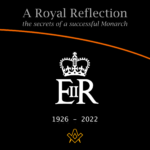 A Royal Reflection – the secrets of a successful Monarch On the death of Her Majesty Queen Elizabeth II, Craig Weightman, in a fitting tribute to an exemplar, recently departed, reflects on how the late Monarch's life demonstrated how we should all live every moment, as we serve others. A poignant reflection on a life that was resplendent in virtue, to the benefit of all, which is what Freemasonry attempts to teach us. |
 A Journey in Stone – Extracts of Wisdom p.8 More extracts of wisdom from Craig Weightman's book 'A Journey in Stone' – this month, we explore |
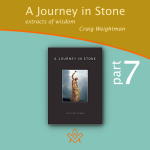 A Journey in Stone – Extracts of Wisdom p.7 More extracts of wisdom from Craig Weightman's book 'A Journey in Stone' – this month, we explore |
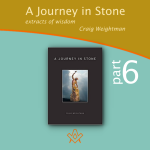 A Journey in Stone – Extracts of Wisdom p.6 More extracts of wisdom from Craig Weightman's book 'A Journey in Stone' – this month, we explore the Working Tools of the Third Degree. |
 A Journey in Stone – Extracts of Wisdom p.5 More extracts of wisdom from Craig Weightman's book 'A Journey in Stone' – this month, we explore the Working Tools of the Second Degree. |
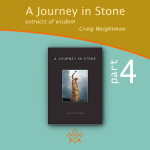 A Journey in Stone – Extracts of Wisdom p.4 The Working Tools of the First Degree – the twenty-four-inch gauge. This book collates masonic author and psychologist, Craig Weightman's collective wisdom and philosophy, taking you on a fascinating 'journey in stone'. |
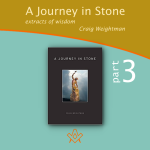 A Journey in Stone – Extracts of Wisdom p.3 This book collates masonic author and psychologist, Craig Weightman's collective wisdom and philosophy, taking you on a fascinating 'journey in stone'. |
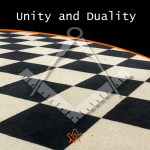 Craig continues his previous exploration into the 'hero's journey' through life's travails; this month we discover how within the stormy sea of battling opinion and confusion, there is an island called Freemasonry. |
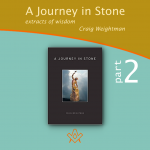 A Journey in Stone – Extracts of Wisdom p.2 This book collates masonic author and psychologist, Craig Weightman's collective wisdom and philosophy, taking you on a fascinating 'journey in stone'. |
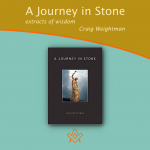 A Journey in Stone – Extracts of Wisdom p.1 For those who have enjoyed Craig Weightman's thought-provoking and inspiring monthly features, this book collates his collective wisdom and philosophy, taking you on a fascinating 'journey in stone'. |
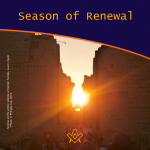 This spectacle takes place at the same time every year. Literally, the sun 'dies' for three days, then is reborn on the Christmas morning. |
 Coming to Terms with the Great War Within Ourselves Discover your 'shadow' - the black-and-white path to self-awareness - "A man who is possessed by his shadow is always standing in his own light and falling into his own traps...living below his own level." - Carl Jung |
 The Masonic Art of Being a Gentleman What defines the masonic art of being a gentleman; a chivalrous, courteous, or honourable man? |
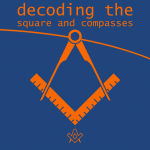 Decoding the Square and Compasses The square and compasses is the most famous symbol with which Freemasonry is identified. However, this is not just a logo that helps the organisation to stand out from the rest. |
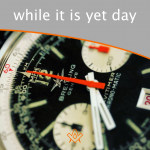 Each moment is a gift that you can make the most of. We can all do more; many of us do not live our lives to the full. |
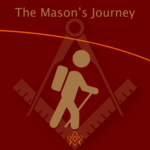 The hero’s journey can also be seen in the Masonic system; a candidate first considers embarking on the Masonic journey but wonders whether it is really for him |
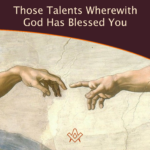 Those Talents Wherewith God Has Blessed You Incorporated in the charge to the initiate, has a lasting impression of what Freemasonry is all about. |
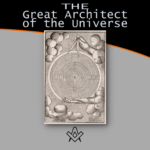 The Great Architect of the Universe When a candidate for 'Regular' Freemasonry is interviewed, prior to being admitted, he is always asked if he believes in a Supreme Being. |
masonic knowledge
to be a better citizen of the world
share the square with two brothers

click image to open email app on mobile device
